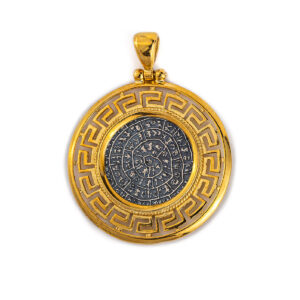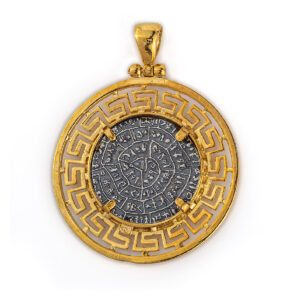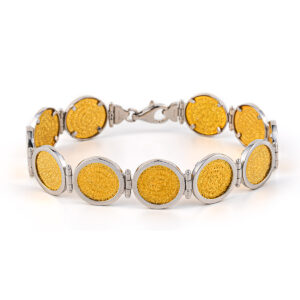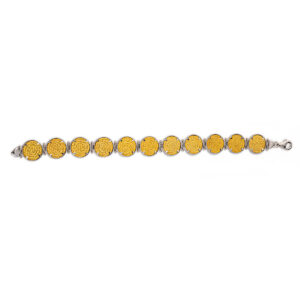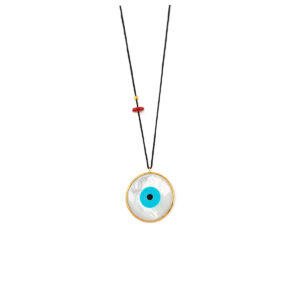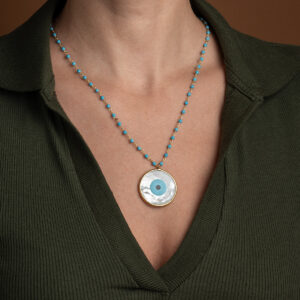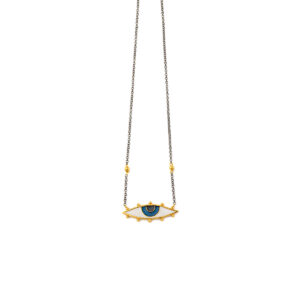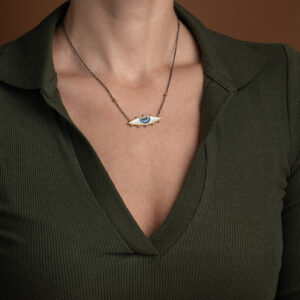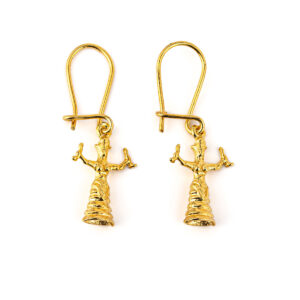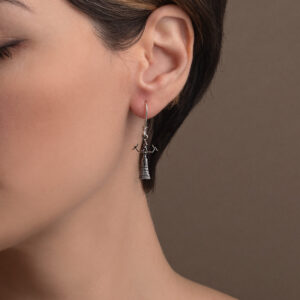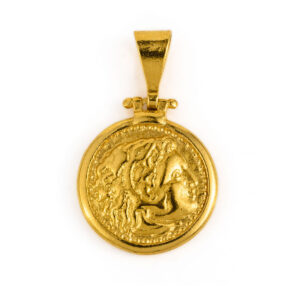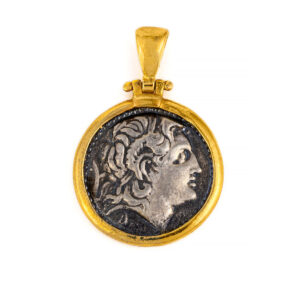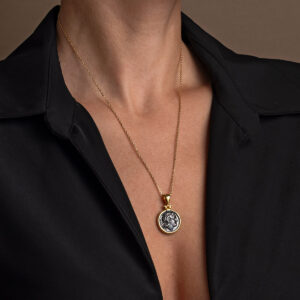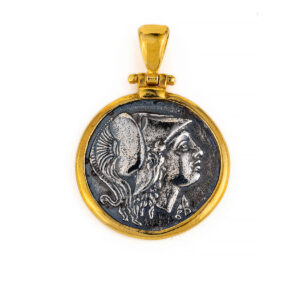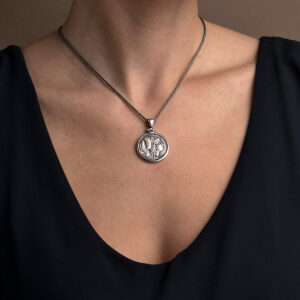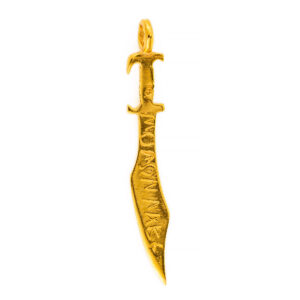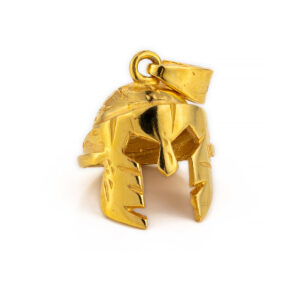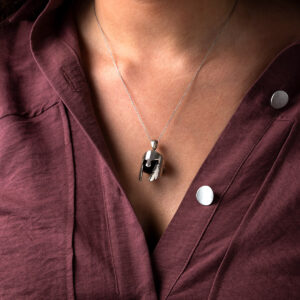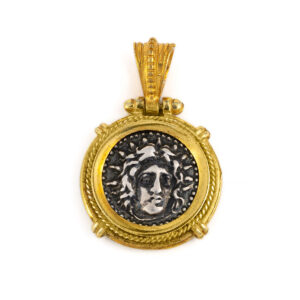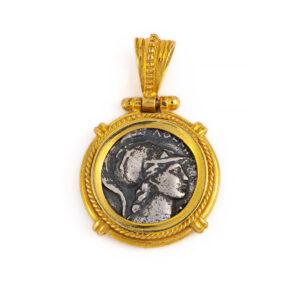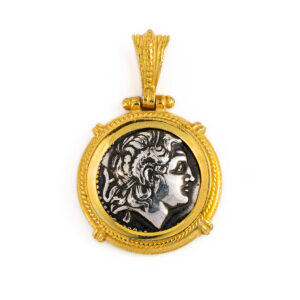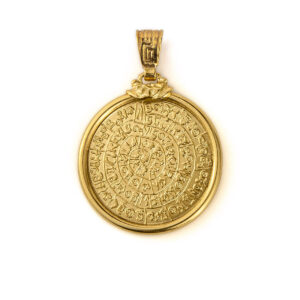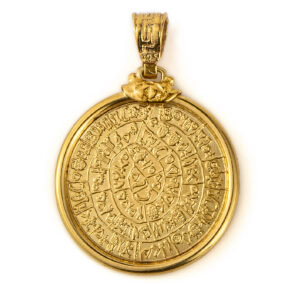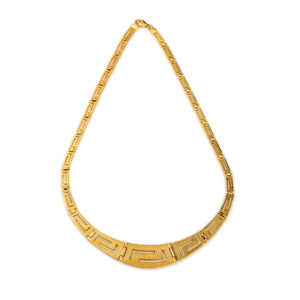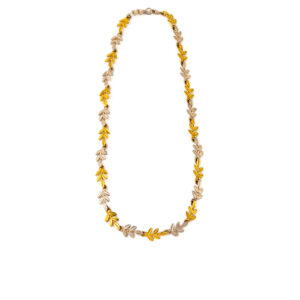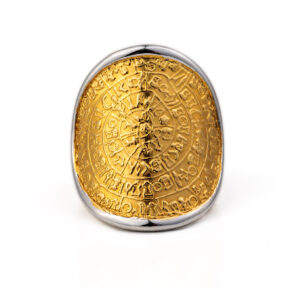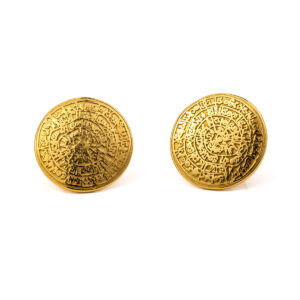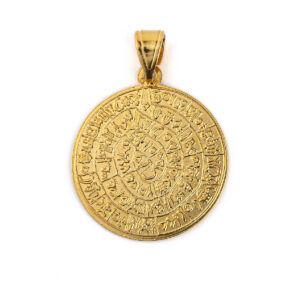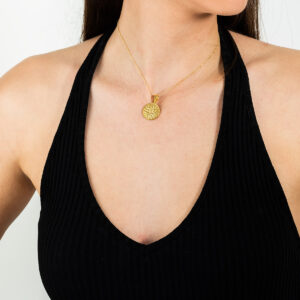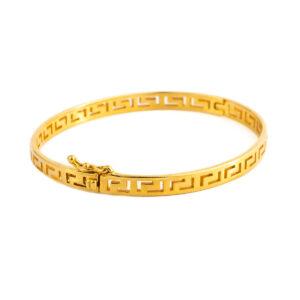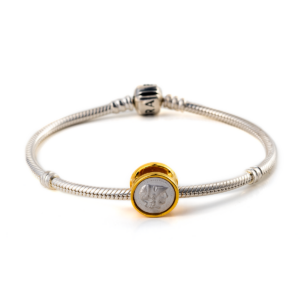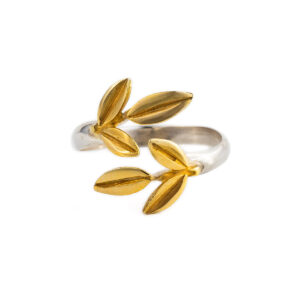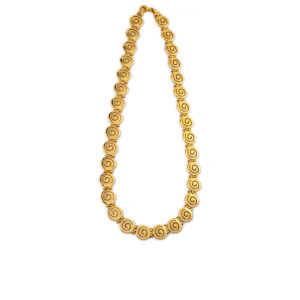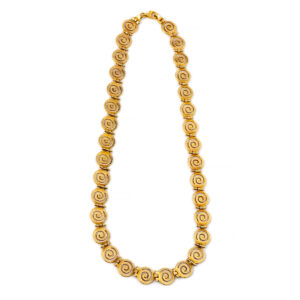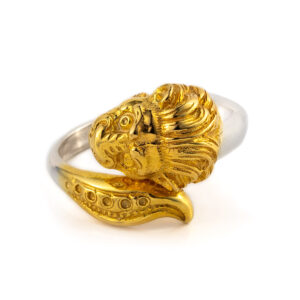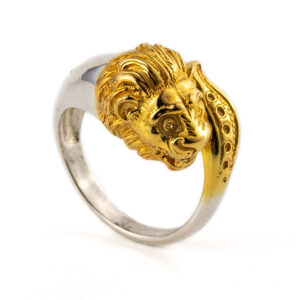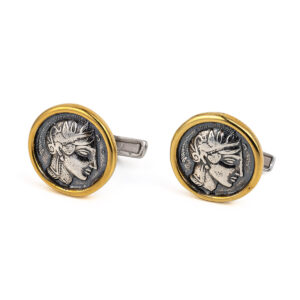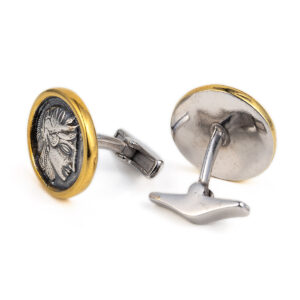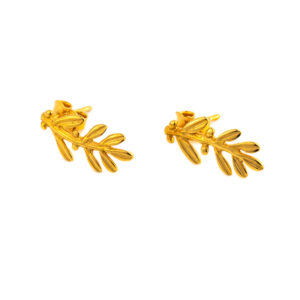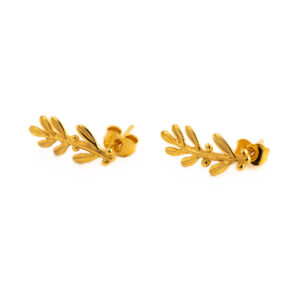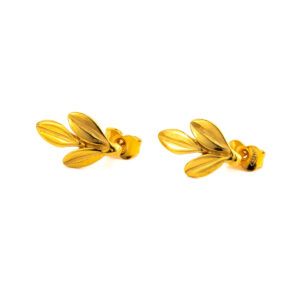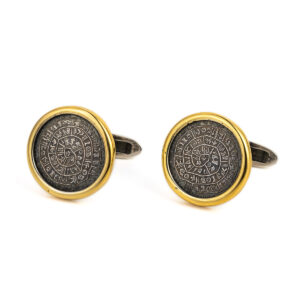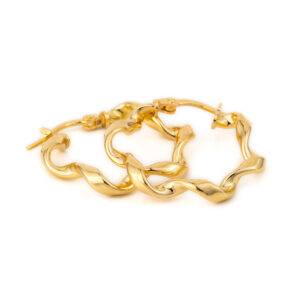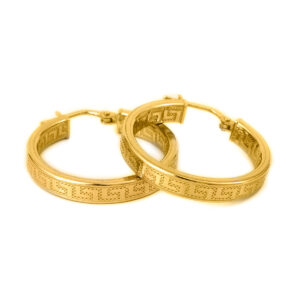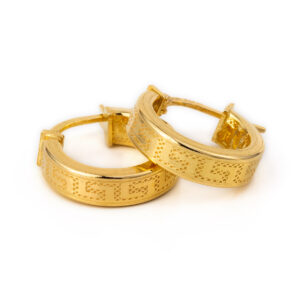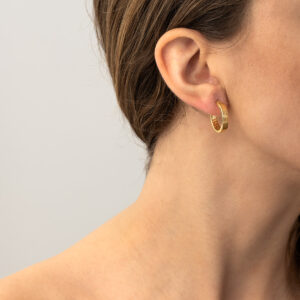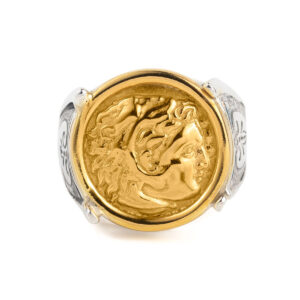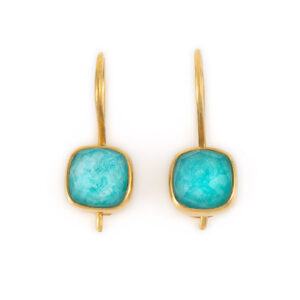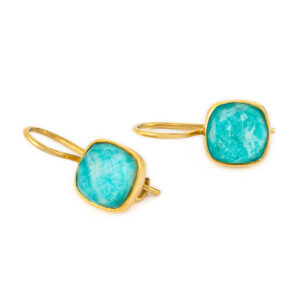“Traditional Necklace from Ioannina” has been added to your cart. View cart
Showing 961–1008 of 1112 resultsSorted by latest
Sort by
Material
- leather (58)
- rose gold plated (11)
- 14k gold and sterling silver (119)
- 18k gold and sterling silver (52)
- 18k gold plating (36)
- 935 silver (923)
- 9k gold and sterling silver (1)
- Carbon polymide pa12 (8)
- stainless steel (2)
- sterling silver 925 (2340)
- sterling silver and gold plated (5)
- gold (567)
- enamel (141)
- brass (1)
- bronze (65)
- wood (21)
Design
- Constantinato (3)
- Amphora (2)
- Bouzouki (1)
- Egg (19)
- Greek Temples (2)
- Lion (2)
- Medusa (4)
- Minoan (9)
- Pegasus (1)
- Ram (5)
- Snake (6)
- Spartan (6)
- Tsarouchi (1)
- Vergina Sun (14)
- Wisdom Owl (9)
Coin
- Alexander the Great (28)
- Goddess Athena (41)
- Helios Sun God (3)
- Hercules (13)
- Parthenon (1)
- Pegasus (4)
- Theseus and the Minotaur (1)
Stone
- amazonite (55)
- amethyst (22)
- apatite (37)
- aqua chalcedony (8)
- aquamarine (24)
- black zirconia (1)
- blue topaz (34)
- chalcedony (10)
- chrysocolla (1)
- chrysoprase (2)
- coral (6)
- cornelius (1)
- crystals (26)
- diopside (1)
- fildisi (22)
- garnet (17)
- geen onyx (1)
- glass engaving (3)
- green copper (15)
- green onyx (3)
- green turquoise (2)
- labradorite (4)
- lapis lazuli (52)
- larimar (6)
- lemon quartz (2)
- london blue topaz (13)
- malachite (8)
- moonstone (8)
- mother of pearl (22)
- multi stone (4)
- onyx (6)
- opal (14)
- pariba (15)
- pearl (78)
- peridot (30)
- purple copper (1)
- quartz (5)
- quartz crystal (1)
- rhodolite (5)
- rose quartz (1)
- rubinite (7)
- ruby (16)
- sodalite (1)
- swarovski (11)
- tanzanite (4)
- topaz (1)
- tourmaline (38)
- turquoise (28)
- turquoise copper (14)
- zircon (105)
- aqua marine (3)
- citrin (2)
- lava (5)
- london topaz (1)
- purple quartz (2)
- rhodochrosite (1)
- rodolite (2)
- rubellite (1)
- tourmalines (1)
- tsavorite (1)



